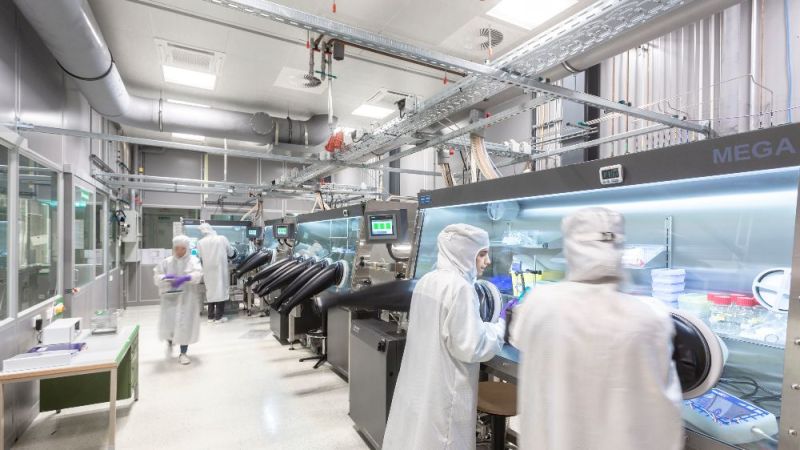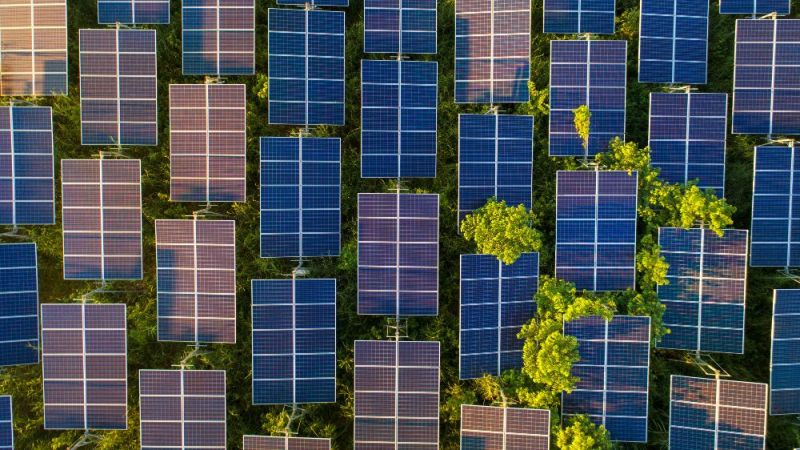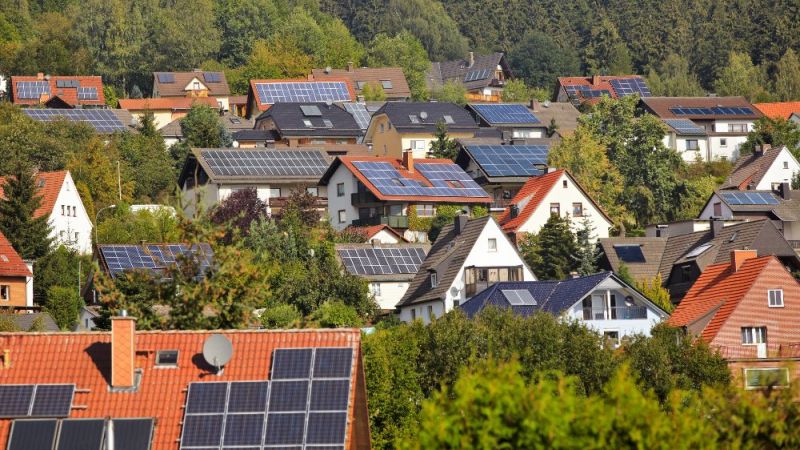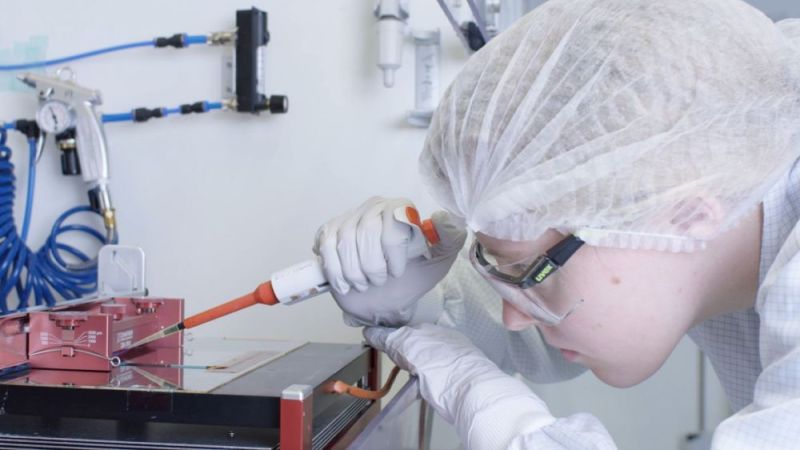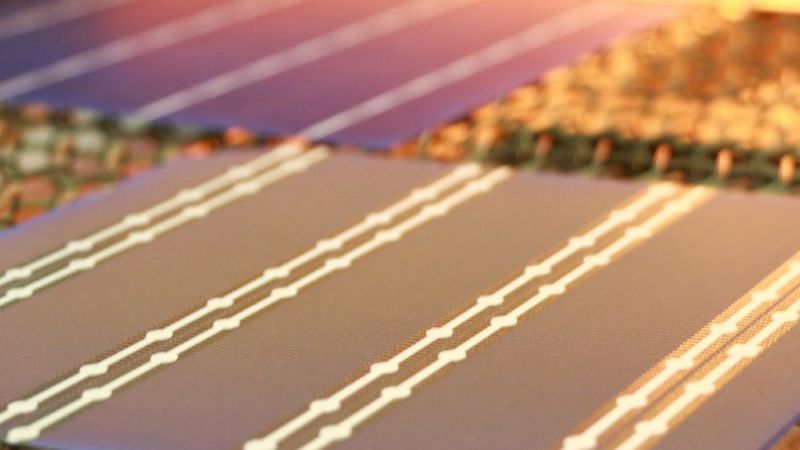Photovoltaics
Trends and research developments in photovoltaics
Which developments have occurred in the photovoltaic industry in 2021? How will the solar-powered energy transition continue to progress ecologically and economically? Which research fields will become relevant in the future? Current reports from the Photovoltaic Power Systems (PVPS) programme of the International Energy Agency (IEA) provide answers to these questions.
The PVPS programme of the IEA is organised in various research projects, so-called Tasks. Several PVPS Tasks have published new reports at the end of this year, which provide an up-to-date insight into the photovoltaic sector. Task 1 "Strategic PV Analysis & Outreach" has compiled this year's report „"Trends in Photovoltaic Applications 2022". In this report, the responsible working group summarises the global developments and trends in the photovoltaic sector for 2021. Alongside the Annual Report, the report on trends is the second annual PVPS publication.
Global trends in photovoltaics and their impact
As a key finding for 2021, the authors have determined that photovoltaics today is widely spread on all continents. However, it should be noted that Africa as well as parts of Latin America and Asia have not yet put the solar energy transition into practice. Nevertheless, the number of new countries that installed substantial amounts of new photovoltaic systems in 2021 represents an annual record: 18 countries or regions installed more than 1 gigawatt of capacity. The top 5 were China (54.9 gigawatts), the European Union (28.7 gigawatts), the United States (26.9 gigawatts), India (13.4 gigawatts) and Japan (6.6 gigawatts).
In addition, it can be observed that an increasing number of countries have installed more new photovoltaic systems in 2021 that were not financially supported by the state. Simultaneously, the share of photovoltaic systems for private consumption, for which operators do not receive financial support, has also increased. This is due to the increasing competitiveness of solar electricity.
The currently installed photovoltaic systems save more than one billion tons of CO2 equivalents per year. With its rapid expansion, the photovoltaic sector is increasingly contributing to the global economy and creating several million jobs. Photovoltaics will continue to play a key role in successfully shaping the energy transition and decarbonizing the economy as a whole.
Recycling of photovoltaic modules and guidelines for photovoltaic power plants
In addition to the report on trends, two further reports focus on specific areas of research in photovoltaics. The report of Task 12 "PV Sustainability" provides an overview of the situation in selected countries regarding the recycling of photovoltaic modules. The authors examine, among other things, country-specific legal regulations, prospects for success and how PV modules are recycled in practice. Furthermore, they provide information on specific module waste as well as on relevant companies in the recycling industry.
In the latest report of Task 13 "Performance, Operation and Reliability of Photovoltaic Systems", authors summarise guidelines concerning the operation and maintenance of photovoltaic power plants. Among other things, they address performance indicators, aspects of monitoring, safety factors of photovoltaic systems and various types of maintenance services and inspections. Moreover, the report includes recommendations on operation and maintenance from a climate-specific perspective. Thus, the working group shows how these recommendations affect the reliability, performance and safety of photovoltaic power plants.
German experts on photovoltaics are involved in all of the aforementioned reports. Project Management Jülich (PtJ), commissioned by the German Federal Ministry for Economic Affairs and Climate Action (BMWK), is involved in various tasks as well. The latest figures analysing the global growth of photovoltaics for 2022 will be recorded in 2023 initially based on preliminary estimates in the follow-up report to this year's IEA PVPS Snapshot Report. (av)


